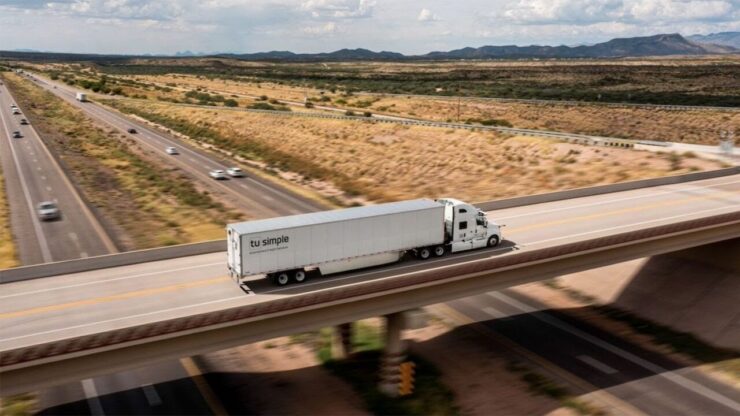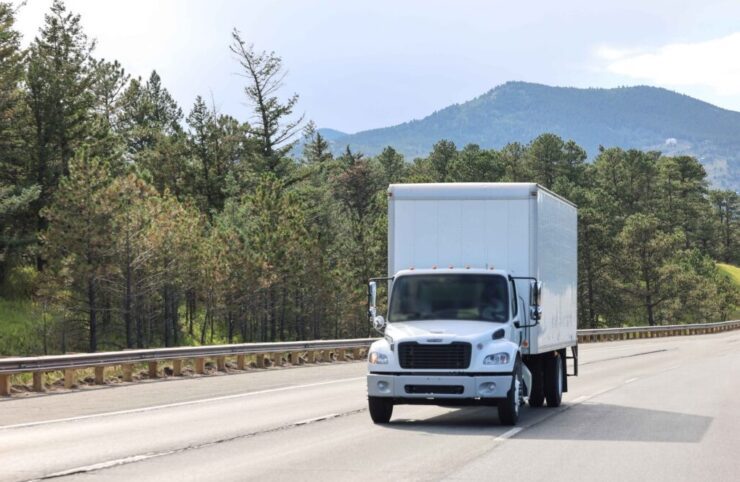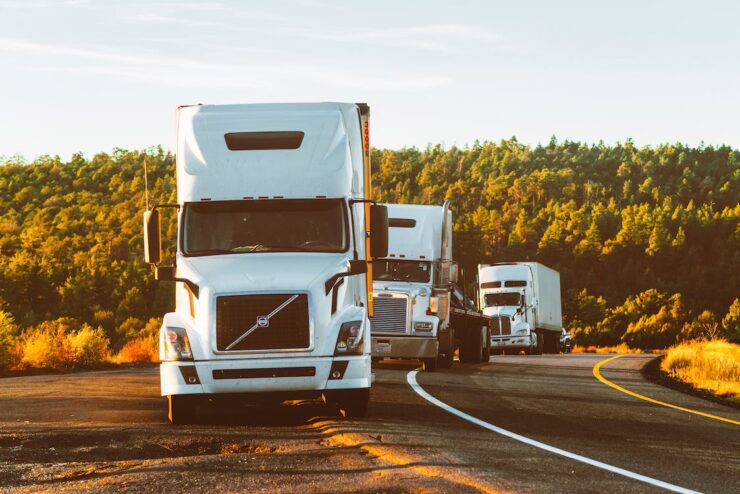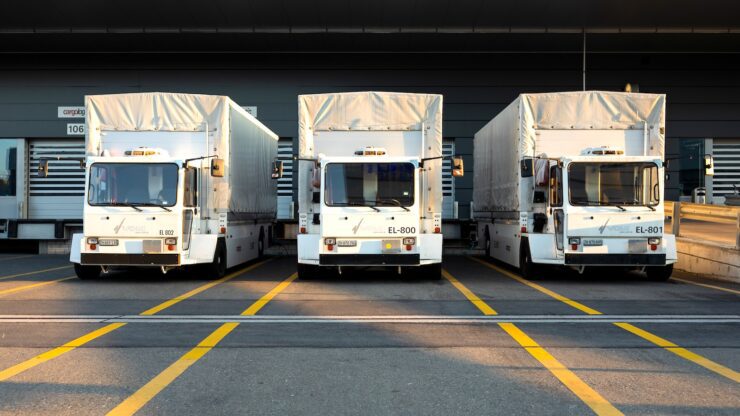In the field of logistics and supply chain management, the movement of commodities is crucial to maintaining the efficient flow of goods from producers to final customers.
First Mile and Last Mile trucking are two critical aspects of this operation, representing the first and last legs of the transportation route, respectively. Both phases present distinct problems and chances for improvement, influencing the overall efficiency and success of the supply chain.
So, in this post, we will look at the ideas of First Mile and Last Mile trucking, their benefits and drawbacks, and the top eight contrasts between these key components of the logistics chain.
The Foundation of First Mile Trucking

First Mile trucking refers to the step of the logistics process in which items are carried from the place of origin. It is often transported by a manufacturer or supplier to the first intermediary location, such as a distribution center or freight forwarder.
This phase kicks off the supply chain and lays the framework for all following transportation and delivery activities.
Thus, manufacturers must rent or buy robust commercial trucks from reliable heavy-duty dealers like Maxim to ensure there is no damage to the goods during this transportation process.
Advantages of First Mile Trucking:
-
Time Efficiency:
A well-executed First Mile trucking operation assures the timely transfer of goods from the source. It is critical for maintaining production schedules and achieving delivery dates.
-
Inventory Management:
Efficient First Mile operations contribute to optimum inventory management by lowering the risk of stockouts and excess inventory building, which results in cost savings.
-
Cost reduction:
Streamlining First Mile trucking may enhance route planning and load optimization, resulting in lower transportation costs and overall supply chain efficiency.
Disadvantages of first-mile trucking:
-
Infrastructure constraints:
Inadequate road infrastructure and poorly maintained routes can stymie smooth First Mile operations, causing damage to products.
-
Last-Minute Changes:
Sudden changes in production schedules or order numbers can disrupt the First Mile process, necessitating swift modifications to preserve efficiency.
Last Mile Trucking: Making Contact with the End User

Last Mile trucking is the final link in the logistics chain, transporting items from the distribution center or intermediary point to the end consumer’s door.
This phase is crucial since it directly affects the consumer experience, satisfaction, and overall brand impression.
Last Mile Trucking Advantages:
-
Customer Experience:
A seamless and effective Last Mile delivery promotes a great customer experience, increasing brand loyalty and promoting repeat business.
-
Brand Reputation:
On-time and damage-free Last Mile deliveries contribute to a strong brand reputation, which fosters consumer trust and confidence.
-
Cost Efficiency:
Optimized Last Mile operations can save money by lowering gasoline costs, eliminating delivery mistakes, and avoiding re-delivery.
Cons of Last Mile Delivery:
-
Time Sensitivity:
Last Mile deliveries sometimes require particular time slots to satisfy client preferences, making timely delivery difficult.
-
Congestion in Cities:
Navigating through heavily populated cities may be time-consuming and more prone to delays, reducing Last Mile efficiency.
8 Distinctions Between First vs. Last Mile Trucking

Here are some of the major differences between First Mile and Last Mile trucking:
-
Direction:
First Mile trucking transports items from the place of origin to an intermediary site.
In contrast, Last Mile trucking involves delivering goods from the distribution center to the ultimate consumer’s location.
-
Timing:
The First Mile is the beginning phase of the supply chain, responsible for kicking off the logistics process.
However, the Last Mile is the final step, guaranteeing that commodities reach the final customer.
-
Customer Interaction:
During the First Mile phase, the major focus is on getting items from the place of production, such as a manufacturing plant or supplier, to an intermediary site, which is frequently a distribution center or a logistics hub. Thus, on either end of the process, First Mile Trucking involves business-to-business (B2B) contacts.
The Last Mile phase, on the other hand, is largely concerned with getting items from distribution centers or logistical hubs to individual end customers or enterprises. So, on one end, it deals with a business entity, whereas on the other, it involves direct customer interaction. Thus, Last Mile Trucking focuses on business-to-consumer (B2C) connections.
-
Cost Allocation:
In terms of cost distribution, the First Mile expenditures are typically carried by the manufacturer or supplier. But the retailer or e-commerce firm mostly bears the Last Mile expenses.
-
Delivery Volume:

First Mile trucking frequently includes massive shipments such as huge cargo to distribution centers.
On the contrary, Last Mile trucking transports individual or smaller deliveries to a varied range of end customers spread over many sites.
-
Location Difficulties:
First Mile trucking may include carrying items from faraway production locations. Thus, there is less chance of traffic or congestion on the road. But since the place of origin is remote, there are high chances of poor road conditions, adding to transportation difficulties.
On the other hand, Last Mile trucking frequently encounters the challenges of metropolitan delivery with clogged highways and limited parking.
So, in both phases, there is a possibility of location difficulties.
-
Time Sensitivity:
The First Mile is vital for meeting production schedules and supply chain timescales to ensure enhanced inventory management efficiency.
On the contrary, the Last Mile is essential for fulfilling customer delivery expectations and deadlines, taking care of e-commerce needs, managing time-sensitive deliveries, and optimizing routing and efficiency to ensure quick deliveries.
-
Technology Utilization:
The First Mile frequently focuses on the manual optimization of transportation routes and load planning. Due to the absence of real-time tracking facilities, this phase often faces visibility issues.
In contrast, Last Mile mainly depends on real-time tracking, navigation technologies, and AI-enabled consumer communication tools.
-
Product Handling:
First-Mile trucking may need bulk handling and the use of specialized equipment to load and unload items at production sites and distribution centers.
In contrast, the Last Mile needs more personalized handling, frequently necessitating the use of smaller delivery trucks and manual handling to ensure safe and correct delivery to particular clients’ locations.
Both First Mile and Last Mile trucking have their own difficulties and possibilities. But if businesses can address them effectively, it will maximize supply chain efficiency and give a competitive edge in the developing worlds of logistics and e-commerce.

